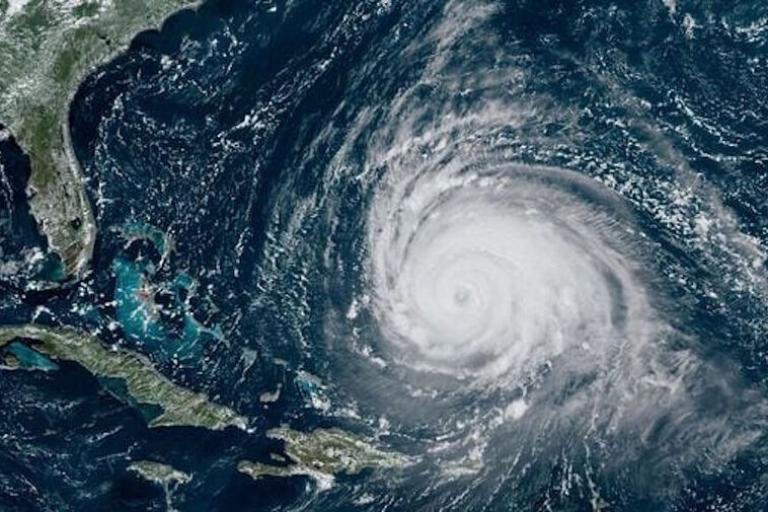Brief Preliminary Report on Hurricane Melissa's passage through Eastern Cuby

Upon making landfall, Melissa encountered the Sierra Maestra mountain range, the highest in Cuba, and gradually weakened, exiting nine hours later at 12:50 UTC along the northern coast, near Punta Lucrecia, in the province of Holguín.
The most dangerous factor was the intense rainfall that fell on a mostly mountainous region, which had already received significant rainfall the previous week. Heavy rains, with accumulations between 200 and 400 mm, were recorded across vast areas of Cuba's eastern provinces as Hurricane Melissa passed through. This led to reports of overflown rivers and flooding in both rural areas and cities, particularly in low-lying areas.
The wind field was significantly affected by the mountain ranges that dominate this part of the country, resulting in wind gusts of 100 to 165 km/h, though only partial information is at hand at this time.
Strong storm surges with waves between 4 and 6 meters high were reported, along with coastal flooding in low-lying areas of the southern coast of that region.
Despite the material damage that Melissa may have caused, which is not yet fully known, due to areas still being cut off by overflown rivers, collapsed bridges, and damaged roads, it has been confirmed that there were no fatalities in Cuba as a result of this powerful hurricane.
It should be noted that decision-makers and the entire population were kept continuously informed for a full week, by he Meteorological Servie and the Civil Defense, that Civil Defense acted promptly in each of the established hurricane preparedness phases, that nearly 700,000 people were evacuated to safe locations well in advance, and that meteorologists from the National Forecast Center of the Institute of Meteorology provided updated information several times a day, in language understandable to everyone.
From the day before the hurricane's arrival, TV and radio broadcasts, on a national network, were transmitted live from the National Forecast Center by the forecasters themselves, radio and television were on the air with special programming about Melissa, for more than 24 hours, projecting constant messages of guidance to the population and establishing communication with the provinces that were going to be affected, so that they could report what they were doing for the protection of the population and economic assets.
- WMO Member:
- Cuba

